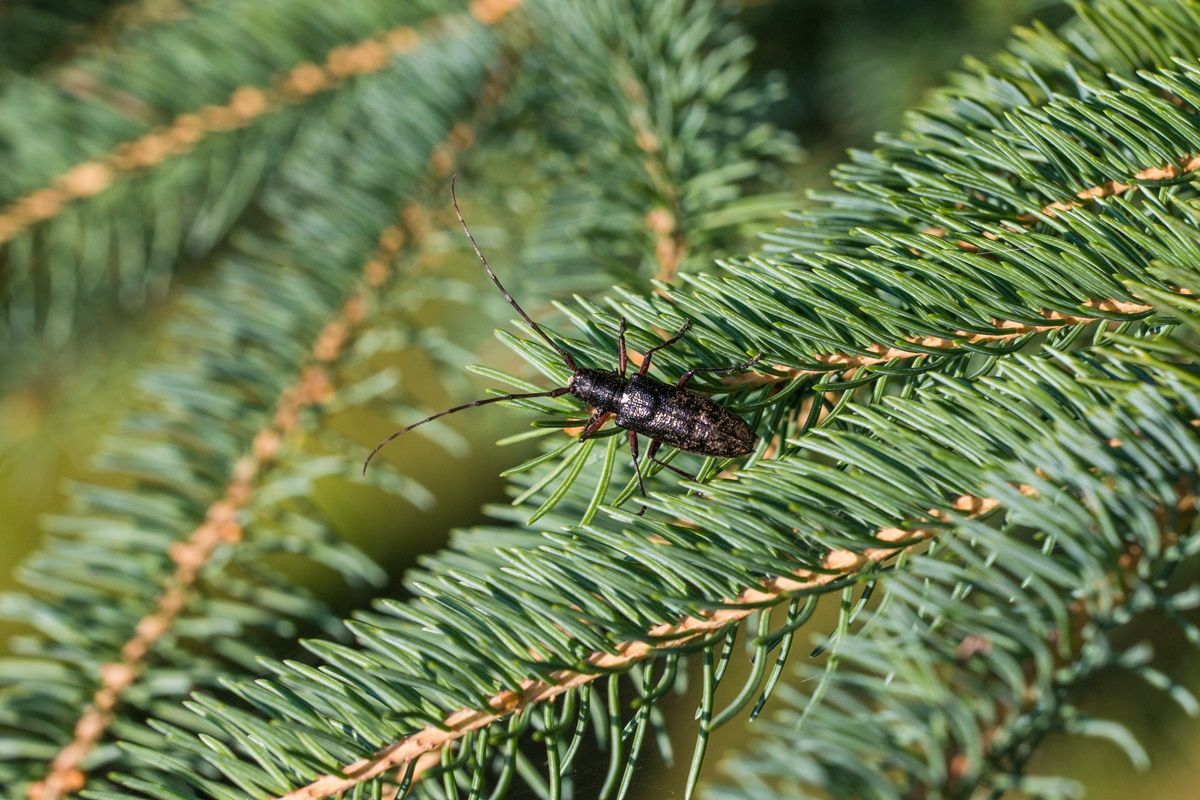Y:Hey Don, I've been wondering...wildfires have been happening for millions of years, right?
D:Right, Yael.
Y:So how do forests recover after a devastating fire?
D:Beetle poop.
Y:Excuse me?
D:Beetle poop. As in dung. Or maybe you prefer droppings...
Y:I know what poop is...but what does it have to do with helping burnt forests recover?
D:Well, there's a species of beetle called the white-spotted sawyer. It's found all over North America and lives and lays eggs in dead, burnt out trees. And, of course, it also eliminates in areas where trees have died or been destroyed by fire. Now, beetle droppings are composed of fecal matter and chewed wood shavings. And that mix turns out to be perfect for replenishing soil nutrients lost during forest fires.
Y:I see. So the beetles live in burnt trees and their droppings enrich the soil, which helps new trees grow.
D:Right. But there's one problem. In many cases, after a forest fire loggers come in and cart away the dead wood in order to recoup some of the economic losses. And so they also remove a lot of deadwood beetles and their droppings before they can enliven the soil. It takes about two years for the beetle to complete its life cycle and produce enough dung build-up to do any good.
Y:So loggers should wait at least two years before clearing away the remains of burnt forests.
D:That's the idea.









